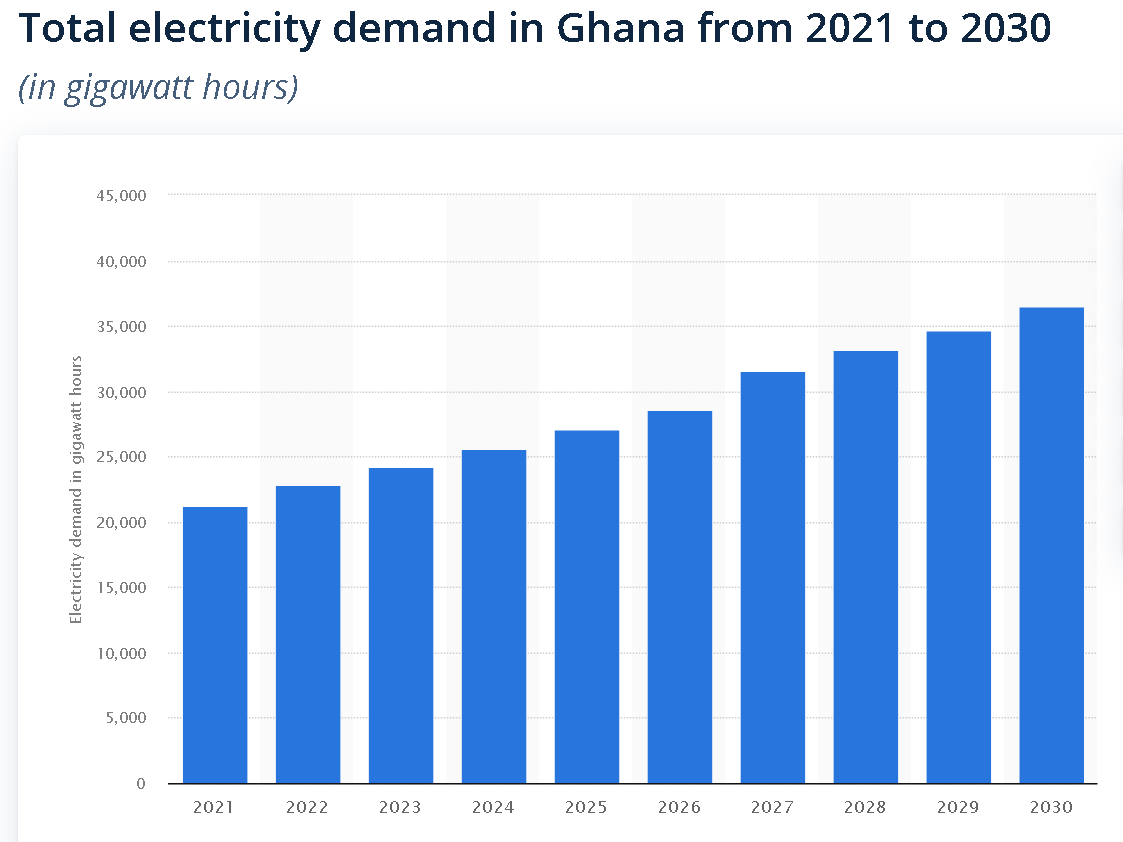

In the ever-ending search for low-cost high quality green renewable energy due to the increasing high cost of energy production, Harmony Systems will be the leader in sustainable renewable energy. Our focus for domestic and industrial uses, plus the harmful affect of aerosols atmospheric pollution to human health, an efficient energy model will be invented to solve these problems.
Harmony Systems will generate low-cost high quality green renewable energy.
Satisfy all users, promote sustainable development and affordable production costs. Promoting Sustainable Energy Sector and Quality Delivery for the Socio-economic Development of the World.
Drastically reducing atmospheric pollution is the need of the hour

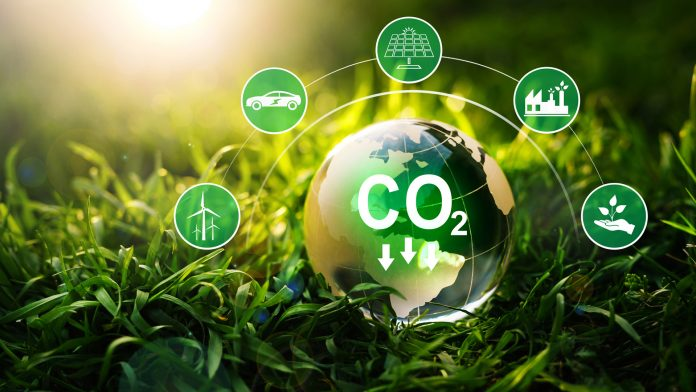
Although there are some great ways of generating electricity that are technically and economically feasible like energy from Waste, wind, solar and waterpower (hydro), the world still faces three major energy problems:
Hundreds of millions lack access to energy entirely. The first energy problem of the world is therefore the problem of energy poverty – those that do not have sufficient access to modern energy sources suffer poor living conditions as a result.
Most of our energy production still produces greenhouse gas emissions, which causes atmospheric pollution, a major environment-related health issue, especially for children and elders. Often it leads to major respiratory issues, heart attacks, disability in children and sometimes even death. Pollution has a detrimental effect on all life forms and poses a severe threat to the climate. Climate change can have serious consequences that adversely impact the natural habitats of several species.
The ever-increasing cost of energy production. Energy costs have increased sharply since 2021!
Our Value Proposition:
Our technology is based on a holistic consideration of the complexities and the high cost of existing energy generation technologies and the need for an innovative alternative low cost and no fossil fuel technology that must surpass the present hydro, fuel, thermal, wind and solar technologies. Our experts, providing the highest standards of engineering coupled with the knowledge of the electricity power technologies, innovated electric power generation technology using electromechanical devices to harvest atmospheric energy that uses no fossil fuel. At the very core of our super green energy generating system are ‘zero fuel’ devices that generate electricity using atmospheric energy.
Drastically reducing the problem of energy poverty, atmospheric pollution, the cost of energy for users and reduction in losses.
The global renewable energy market size was estimated at US$ 1030.95 billion in 2022 and is expected to hit over US$ 1,998.03 billion by 2030 with a registered CAGR of 8.6% from 2022 to 2030

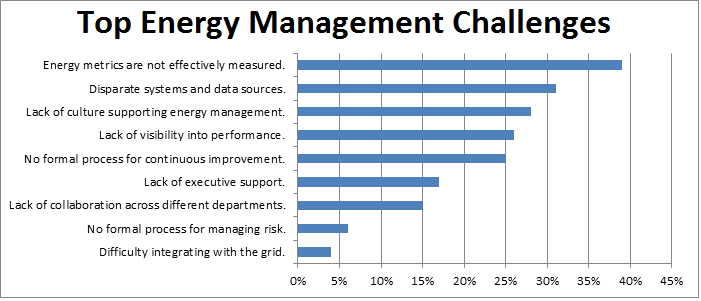
The electricity infrastructure in Ghana is not developed to its potential because of high cost of production, pressure on both the supply and demand sides. The electricity sector faces several key challenges:
Ghana’s power supply sources are from hydroelectricity, thermal fueled by crude oil, natural gas and diesel, solar and imports from La Cote D’Ivoire. Ghana also exports power to Togo, Benin and Burkina Faso. Ongoing grid expansions would allow further exports to other neighboring countries in the sub region.
Ghana has a vibrant power generation terrain with players from both the public and private sectors. Reforms in the Power Sector in the 1980’s gradually removed barriers and created a level playing field for the participation of independent power producers (IPPs) in an area which hitherto had only public sector participants.
The total installed capacity for existing plants in Ghana is 4,132MW consisting of Hydro 38%, Thermal 61% and Solar less than 1%.
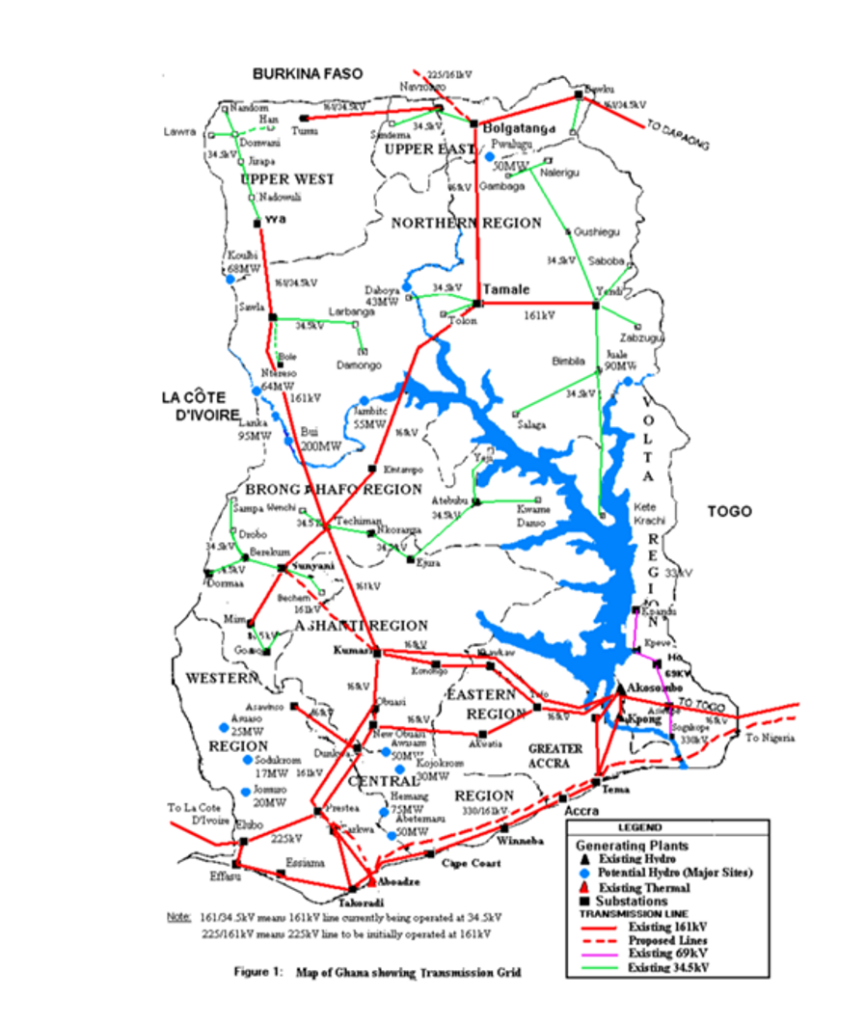

Our market model falls under Independent Power Producers (IPPs). There are generally four models used to describe the integration of IPPs into the electricity market or the grid. The picture on the right summarizes the four different models. Our market model covers Model 1 and Model 2.
Our technology uses atmospheric energy and promotes Ghana’s agenda of achieving a UN Sustainable Development Goal: universal access to electricity by 2030 and reducing the use of fossil fuels and diesel generators leading to emission reductions.
Our business model is a combination of Natural Monopoly and Single Buyer Models using a technology, atmospheric energy, which will shift the energy mix towards more renewable energy for commercial and industrial uses. The electricity production units can easily be installed in individual premises, factories, off-grid communities (Green Village) , etc.
A Smart Solution to eliminate the issue of theft and illegal connection which is leading to losses averaging around 25% of power production in the grid system.
Development of IT Systems to support Scalability to 100s and 1000s megawatts of electricity plus 100kVA Unit Production
Transmission
Distribution
Tariffs, Metering & Billing Systems
Harmony Systems Limited requires US $50,000 for 10% of the business to support a domestic and global expansion plans and retain our intellectual property. The ask enables funding for development of a 10 kVA and 100 kVA prototypes for a household, small scale factories and Green Village uses, and factory set up including IT systems to support R&D and production.
Minimum Investment for the prototyping of a 10 kVA Unit
R&D
Technology Innovation
Production of 10 kVA and 100kVA -60%
Pre Seed 50k funding
Marketing Promotions
Press releases
Social Media campaign
Seed funding 10%
Continue marketing efforts and social
Pipeline growth planning
Govt introductions
Series A funding 10%
Series B funding 10%
Volta River Authority (VRA) 40% Market Share:
Generate electricity and
sell to Electricity Company of Ghana
Bui Power Authority (BPA) 5% Market Share:
Generate electricity and
sell to Electricity Company of Ghana
Independent Power Producers (IPPs) 55% Market share:
Generate
electricity and sell to Electricity Company of Ghana, 15 competitors that fall into
the IPPs category



20% on Prototyping & 10 kVA Unit Production
20% on R&D & Product Development and 100 kVA Unit Production
10% on Business Administration
20% on the Go to Market, Marketing and Advertising
30% on Business development costs. People and systems
Term sheet and Agreement
Prototyping and 10kVA Unit Production 10% - ICashflow, Operating costs $10,000
R&D, Product development and 100 kVA Unit Production 50% - Factory Set Up, 100 kVA Unit Production, ‘No Fossil Fuel’ Devices Production Platform for further development on R&D $10,000
Administration 5% - Trademarks, Patent Registration, Legal Fees $5,000
GTM 10% - Marketing Costs, promotions, awareness of projects and administration of all this $10,000
Business development and HO Wages 25% - Design and Implementation of Computer System Using AI and ChatGPT for Design and Production of Units with Various Capacities, CEO and Business Development personnel $15,000
Chief Eng. Raphael Enyonam Afordoanyi , a Marine Engineer working through the ranks from Officer Cadetship since 1985, serving on board various vessels including general cargo vessels, bulk carriers, container carriers, Oil tankers, FSO, Offshore DP2, AHTS and work/accommodation vessels. His expertise in innovative engineering with dedicated intensive R&D in Renewable Energy generation led to his discovery of electricity generation using atmospheric energy using ‘no fossil fuel’ devices. This technology has many advantages including reduction in the cost production, elimination of fossil fuels usage, emissions, theft and illegal connection, losses in power production, etc.

As of September 2021, some 55% of Ghana’s electricity came from independent power producers (IPPs), 40% from the Volta River Authority (VRA) and 5% from the Bui Power Authority (BPA).
In 2021, Ghana’s electricity generation sources are hydro (29.1%), thermal plants( 68.9%) and renewables (2.1%).
Ghana’s 2019 Renewable Energy (RE) Master Plan aims to have 1363 MW of RE in the generation mix by 2030. Establish a decentralised RE system via 1000 off-grid communities, along with a reduced dependence on biomass and waste for energy at the local level.
The world's electricity consumption has continuously grown over the past half a century, reaching approximately 25,300 terawatt-hours in 2021.
Between 1980 and 2021, electricity consumption more than tripled, while the global population increased by roughly 75 percent. Growth in industrialization and electricity access across the globe have further boosted electricity demand.
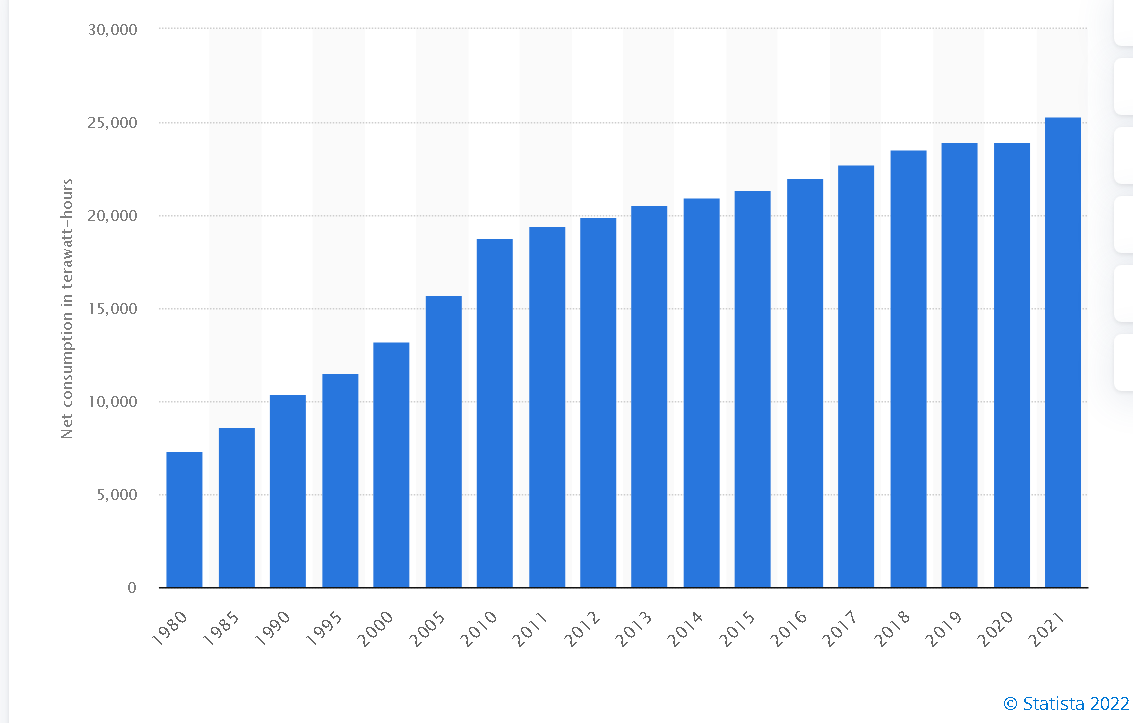
Ghana’s electricity generation sources are hydro, thermal (fired using natural gas, light crude oil, heavy fuel oil and diesel) and renewables (solar and biogas). Electricity generation capacity has increased over the last few years, because of the coming on-stream of new capacities from thermal and renewable sources year-on-year. Installed electricity generation capacity increased from 3,795 MW in 2016 to 5,449 MW in 2021, representing an increase of 43.6%, with dependable capacity increasing from 3,521 MW in 2016 to 4,975 MW in 2021.
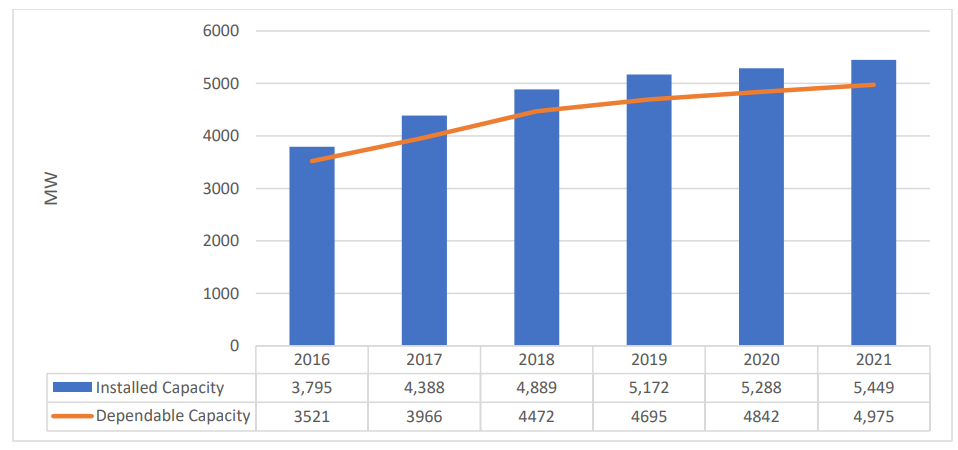
As of 2020, nearly 90 percent of the population in Ghana had access to electricity, which represented an increase compared to the 83.9 percent registered in 2019. Between 2008 and 2019, the share of population with access to electricity rose considerably from a low of 60.5 percent to the said value in 2020.
Access to electricity is higher in urban areas compared to rural communities.
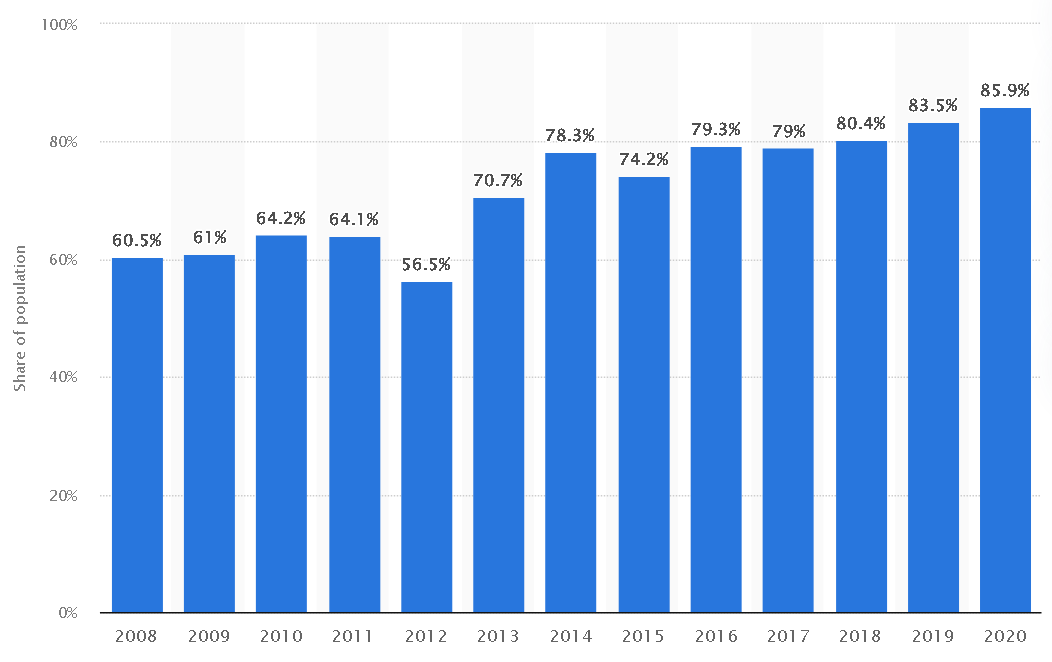
Electricity consumption in Ghana grew steadily from a total of 7.13 TWh to about 20.94 TWh in 2021
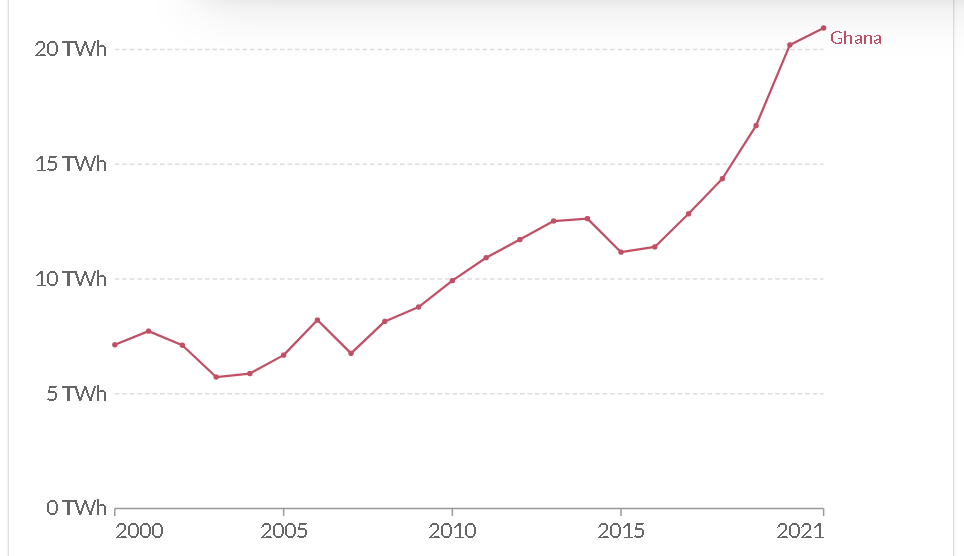
In 2022, electricity demands is over 22.7 thousand gigawatt hours in Ghana, increasing from an estimated amount of 21.3 thousand gigawatt hours in 2021.
By 2030, it was forecast to rise to approximately 36.5 thousand gigawatt hours.
